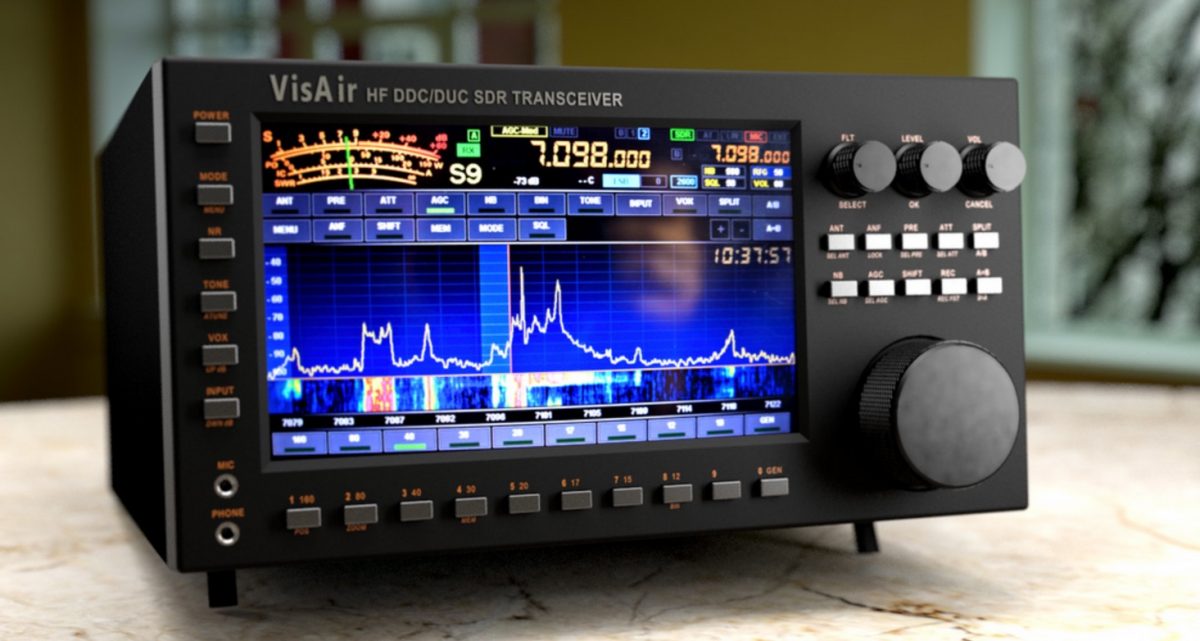 Many thanks to SWLing Post contributor, Dan Robinson, who recently shared a message he received from his friend Randy regarding the VisAir HF DDC/DUC Transceiver:
Many thanks to SWLing Post contributor, Dan Robinson, who recently shared a message he received from his friend Randy regarding the VisAir HF DDC/DUC Transceiver:
I recently acquired a VisAir transceiver from Russia. It is an amazing SDR unit developed by two amateur radio operators. It is about the same size as the RDR55, but at about 1/3 the cost. While it does not have FM or amateur 2/6 meter, GPS, and a couple of features, this VisAir has other features not found on the RDR55 such as dual receivers, waterfall, receiving audio equalizer, CW decoder, etc. It is a true SDR receiver. The user manual was in Russian and I had to break it into thirds so that I could get it translated into English. Interestingly, the user interface is completely in English despite its Russian origins. While designed primarily for amateur radio operators, it works especially well on the shortwave bands.
[…]I have really been enjoying this “transceiver” and as you imagine, I use only the receiver portion of the unit. It has two antenna connectors and you can configure these however you prefer. I set one as a receive antenna and the other as a transmit antenna to avoid accidentally hitting the antenna match or some function and sending power into my equipment. I also disabled the transmitter portion to further protect against any accidental transmissions.
Unfortunately, virtually all the YouTube videos and information are in Russian and also its use is shown only on the amateur radio bands, but I can tell you that this is a very nice SW DX receiver with lots of interesting user defined menus whereby the unit can be modified to match the user’s preferences. Here is a website with some information on the unit.
As you know, I have enjoyed using a wide variety of communications receivers from simple beginner’s units to the more complex and highly esteemed units built to exacting standards for government use. This VisAir is built by two guys in Russia and amazingly it was designed by them in 2017 and not a whole team of design engineers such as found at Yaesu, Kenwood, and Icom. From what I understand, the unit sells in Russia in rubles for the equivalent of about $1800 USD. Unfortunately it is not exported to the USA and it only comes with a 220 VAC power supply and so I operate it exclusively off of DC current without any issue. It is my understanding that this low production transceiver has sold between about 200 – 300 units and virtually all of these were in Russia. To my knowledge, I am the only person in the USA with this unit. Further, it is my understanding is that there is a wait list of about 2 years to obtain the unit. The VisAir is upgraded via firmware and my unit has the latest firmware installed.
When I got information about the transceiver to consider for purchase, there was only a Russian user manual available. I have access to an online PDF translator, but it can only accept up to 10 MB files and so I had to break the Russian manual into 3 sections, translate each section into English, and then stitch the 3 sections back together to make a complete English manual (which is too large to email as a whole). Attached are sections 2 and 3 of this English user manual for the VisAir:
You can look at the manual and see what features are available with this transceiver. While the translator worked nicely overall in getting the manual from Russian into English, there are issues whereby the illustrations have Russian language information and these did not translate, but this did not thwart me from understanding and using the VisAir as most of the Russian information relates to connecting the transmitter to microphone and other devices.
As with most all low production units from small producers, the user manual is good at pointing out controls, but lacks in explaining what is the purpose of settings or offering suggestions on the settings other than telling you what is a “default” setting from the factory. I found this same dilemma with the manuals for the Fairhaven RD500, the Reuter RDR55, the Kneisner & Doering KWZ30, etc. But an experienced DXer can generally figure out operations and establish the appropriate settings with a little time. For the first 3 days of operation, it was a discovery for me as I kept learning about new features that I didn’t know about previously and weren’t highlighted in the user manual. It was like reading the user manual for my Toyota Highlander in that there are options and controls that are found in menus and not particularly obvious at first glance or with casual use.
Randy
Thank you, Randy, for sharing your comments about the VisAir transceiver here on the SWLing Post. Looks like a fascinating tabletop SDR.

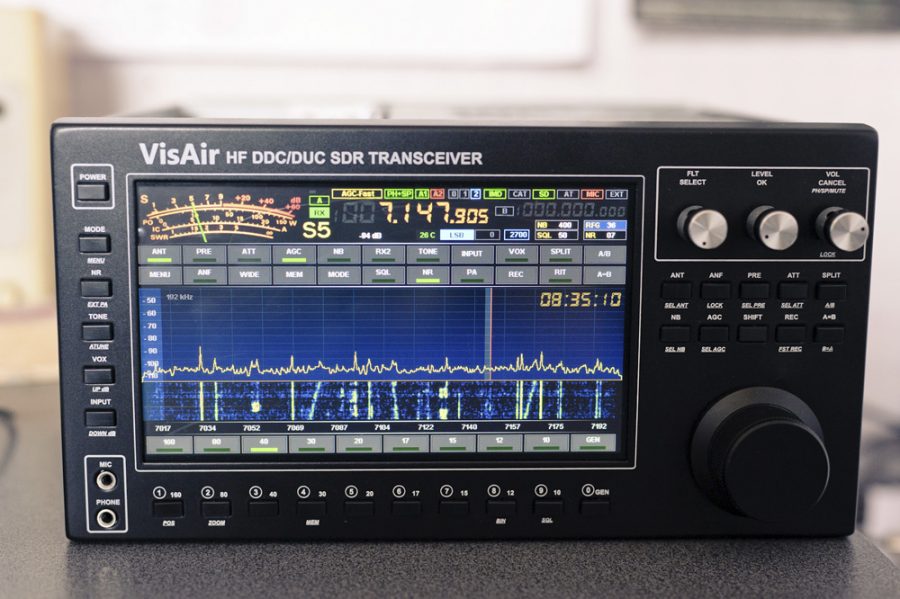

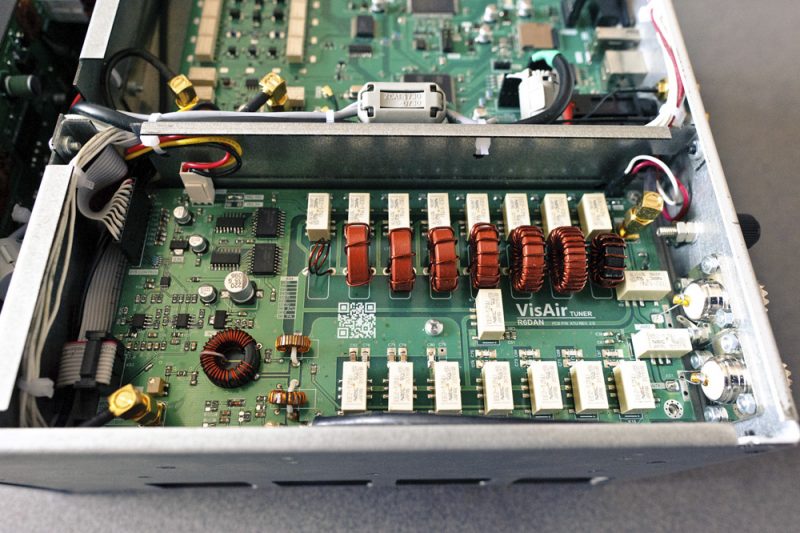
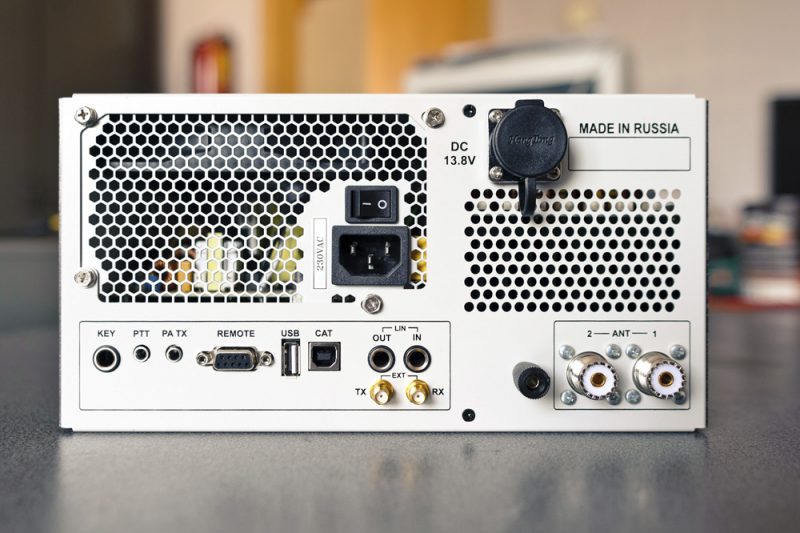
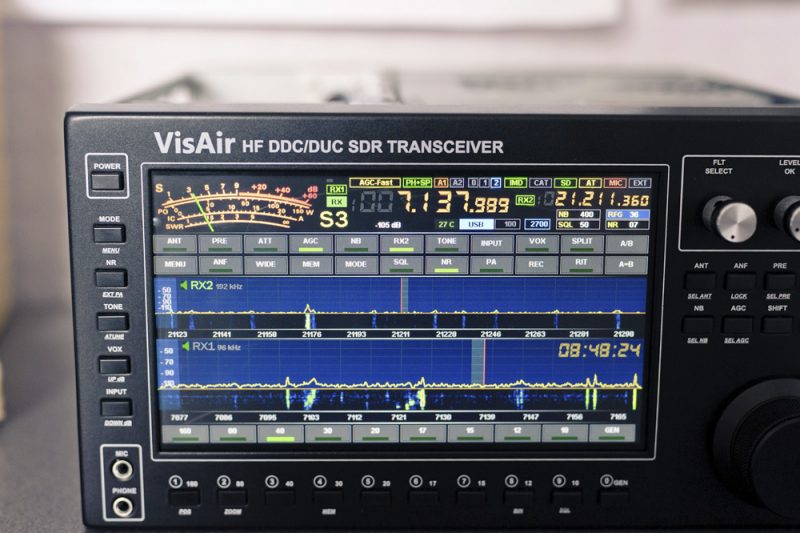
Has anybodu compared it with the Ruter receivers? Any significant difference? I was going to buy a RDR55D but after reading a review that the Reuter i that it lacks of intelligibility in case of weak signals I decided not to buy it.
Review can be seen this, at the bottom, ‘conclusion’:
https://www.fenu-radio.ch/Reuter_RDR55D-en.htm
Lieber OM,
Ich habe heute versucht via Mail etwas über den QRP Tranceiver zu erfahren. Eine Antwort habe ich noch nicht erhalten. Sobald ich weitere Informationen erhalten habe, melde ich mich bei dir.
Bis dahin 73
DO9FA, Andreas
P.S. Der Preis soll sich auf 1600Dollar belaufen. Ob das so stimmt wird sich zeigen!
I want to buy a VISAIR transceiver.
At this time, and also before, looks imposible contact any member of the Visair team.
No way for know price, warranty and support yet.
Who know something.
Please e mail directly me at
[email protected]
Best regards all.
73,
Radhames, HI3B (Rada in CW)
Nice radio, what is the price ! Vis air transceiver hf-vhf-uhf ) ?
If you need only receiver, it’s called Malakhit (???????). Same author, same hardware, same firmware. However – not the Chinese clones, their performance is inferior compared to the original, say people who tried both.
I am trying to find out how to buy this 🙂 The site says literally nothing about sales or prices.
73 Jindra OK4RM
Hello,
additional information for the Malahit can be found : http://linuxslate.com/cgi-bin/forum/YaBB.pl?num=1595619341
To order it, you have to write an Email to: [email protected]
You will get the price and will be asked if you want to get on the waiting-list. I had to wait about 2-3 months, but the transaction was without any problem.
73 de Hajo
Hello,
Have a look at: http://qrp.visair.ru/#
You will find the QRP-version of the VisAir Rig with 20 Watt. Looks interesting, but I have to find out how the CW section (T/R-switching and QSK) works.
73 de Hajo dl1sdz
Rule number 1. No noisy fans in radio or audio gear. Sorry. Even the vacuum tube variants of yesteryear didn’t have fans. Sorry for the mini rant.
My only concern is, if this transceiver needs repair the owner would have to send it back to russia!
Do look at Translate.Yandex.com from Russia, in English, as a translation tool.
It allows one to have parallel columns || of the Russian on one side and Target language on the other.
One would hope that the English would give clues and notes to the Cyrillic, so that eventually one reads the basic Cyrillic more easily
Great report. How much for the receiver only unit?
Thanks,
Tom
I think Randy was only using the receiver portion of the transceiver. These days, general coverage transceivers are essentially tabletop receivers. 🙂 Of course, the key is getting around accidently transmitting into an RX only antenna (like an amplified mag loop) and it seems Randy sorted out a way to do that.
Cheers,
Thomas